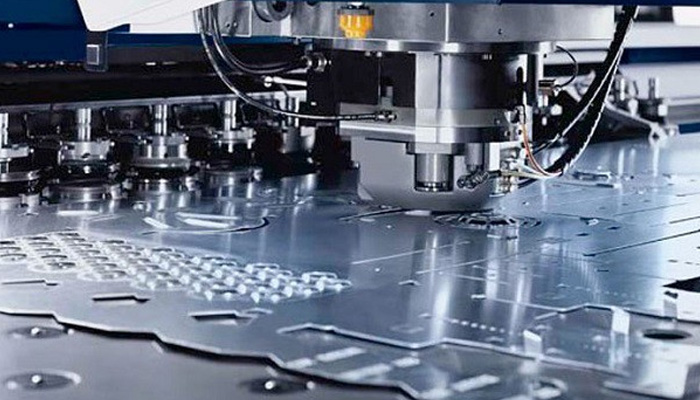Sheet metal fabrication is using sheet metal to build metal machines and structures. It can be a complex process involving many different professionals. Businesses that specialize in sheet metal fabrication are commonly referred to as fabrication shops, or fab shops for short.
Sheet metal fabrication generally involves cutting and burning the sheet metal. Special tools, such as band saws, are used to cut the sheet metal. Band saws have special hardened blades and are capable of feeding the sheet metal to ensure even cutting.
Chops saws are also used in sheet metal fabrication. Chop saws are similar to miter saws, but they have an abrasive disk specifically made for cutting sheet metal. Cutting torches are also used in sheet metal fabrication. Cutting torches are cable of cutting large sections of sheet metal with very little effort.


